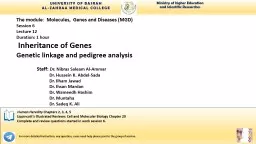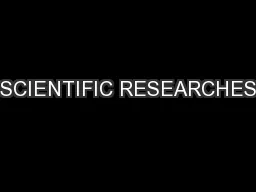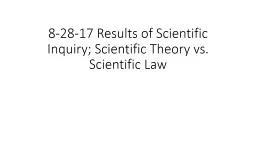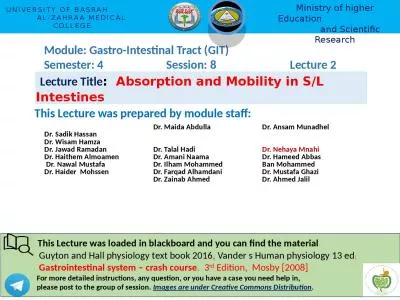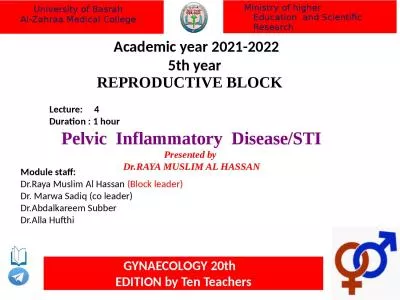PPT-Ministry of higher Education and Scientific Researches
Author : RockinOut | Published Date : 2022-07-28
University of Basrah Al zahraa medical college Human Heredity Chapters 2 3 4 5 Lippincotts Illustrated Reviews Cell and Molecular Biology Chapter
Presentation Embed Code
Download Presentation
Download Presentation The PPT/PDF document "Ministry of higher Education ..." is the property of its rightful owner. Permission is granted to download and print the materials on this website for personal, non-commercial use only, and to display it on your personal computer provided you do not modify the materials and that you retain all copyright notices contained in the materials. By downloading content from our website, you accept the terms of this agreement.
Ministry of higher Education and Scientific Researches: Transcript
Download Rules Of Document
"Ministry of higher Education and Scientific Researches"The content belongs to its owner. You may download and print it for personal use, without modification, and keep all copyright notices. By downloading, you agree to these terms.
Related Documents

